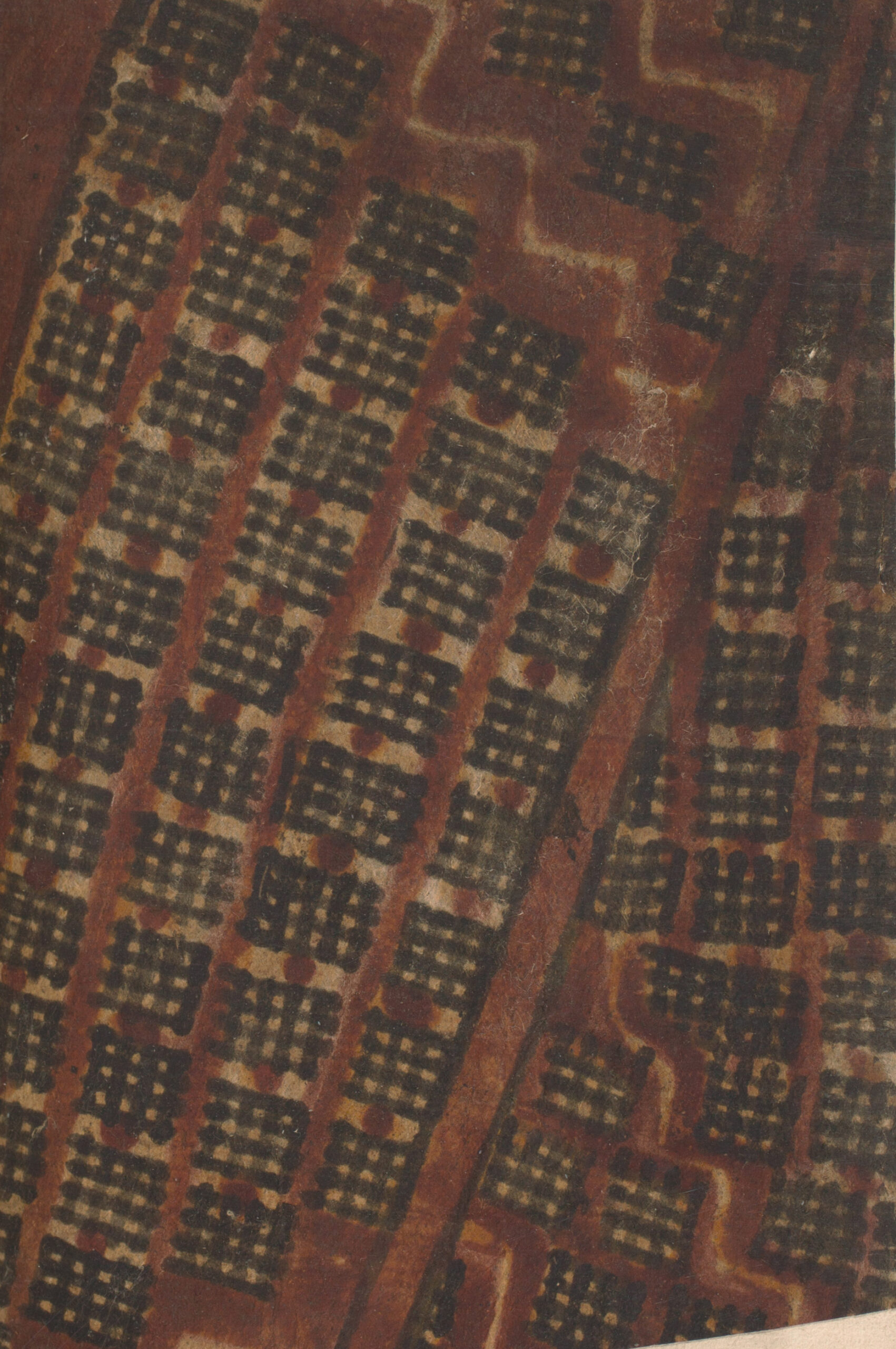Pair 2: The Power of the Unseen
Contents
Building on a Century of Collecting at the Clements Library
Pair 2: The Power of the Unseen
Pair 4: From the Big Picture to Individual Lives
Pair 5: Picturing African-American Identity
Pair 6: Leadership and Resistance
Pair 7: The Grid, Large and Small
Pair 8: Records of Self-Liberation
Pair 9: Death of Wolfe/Children’s book
Pair 10: Thomas Gage, from the Reading Room to the Digital World
Pair 11: Colonialism and Conversion
Pair 12: Documenting Disability
Pair 14: One Nation, Under a Grid
Pair 15: Judging Books by their Cover
Pair 16: Women Writers and Intellectuals
Pair 17: The Minds of Children
Pair 19: Sex and Gender in the Public Sphere
Pair 21: Organizing the Natural World
Pair 22: Collective Memories of Abraham Lincoln
Related Resources
Pair 2: The Power of the Unseen
The examinations of Mrs. Green and Mrs. Bromage included testimony with “spectral evidence”—claims that the spirit of the Satan-guided “witch” appeared and acted on the accuser, while the accused was physically located elsewhere. The use of supernatural evidence in the courtroom was accepted during the Salem Witch Trials, though trial documents are not extant for either woman.
During Hannah Bromage’s examination, Ann Putnam and Mary Walcott “wer struck into fitts” when Bromage looked at them. Putnam claimed during one of her violent fits, two other women saw the accused in spectral form, stabbing Putnam with a spear. Testimony in Mary Green’s case included accusations of owning a real or spectral pig, convincing Martha Emerson to not confess witchcraft, being angry when Emerson would not lie about it, and proclaiming that Emerson would be one of the number of the beast.
The examination of Mrs. Bromage included testimony with “spectral evidence”—claims that the spirit of the Satan-guided “witch” appeared and acted on the accuser, while the accused was physically located elsewhere. The use of supernatural evidence in the courtroom was accepted during the Salem Witch Trials, though trial documents are not extant for either Bromage or Green.

Pen and Ink. Women, Gender, and Family Collection.


Pen and Ink. James V. Mansfield Papers.

